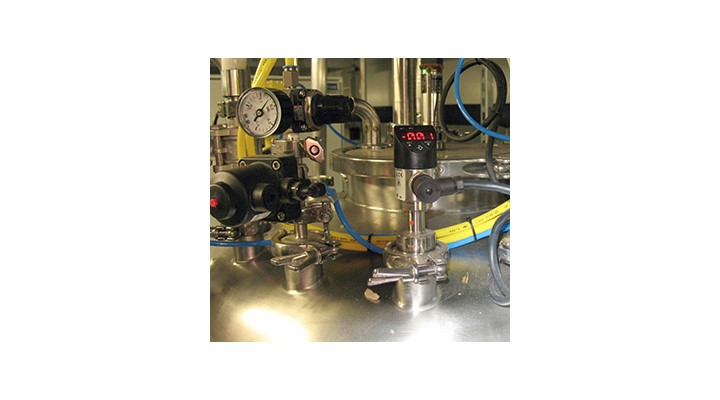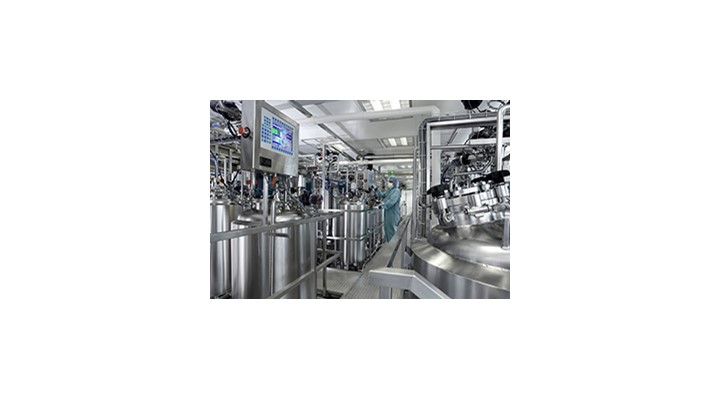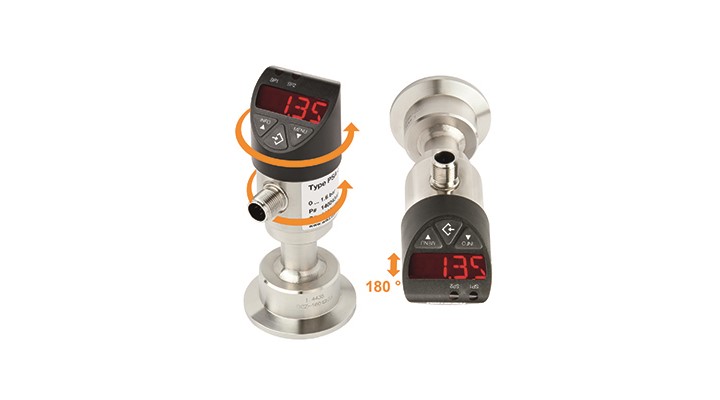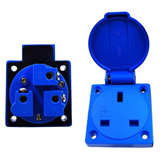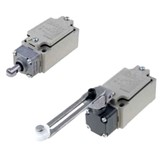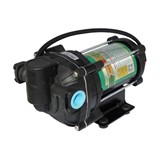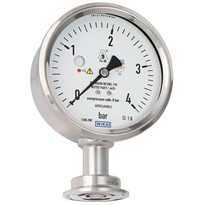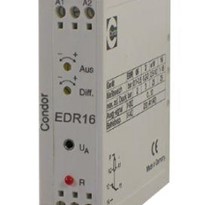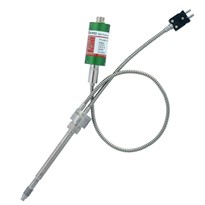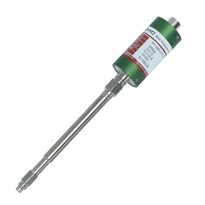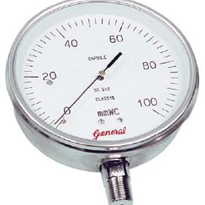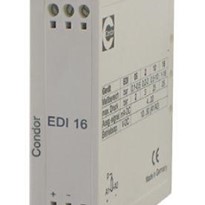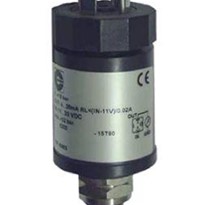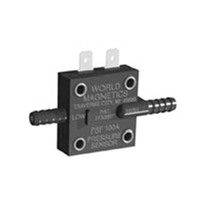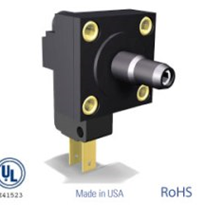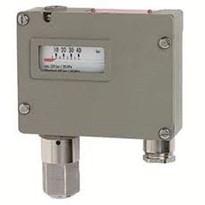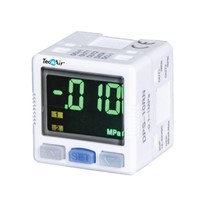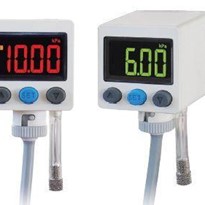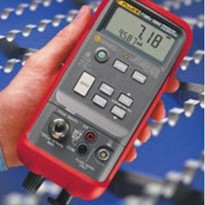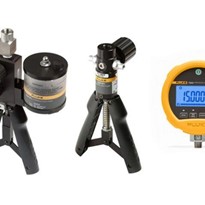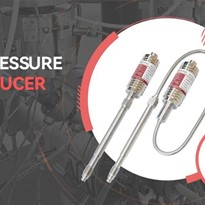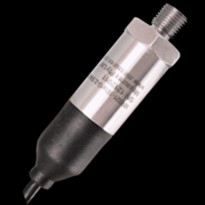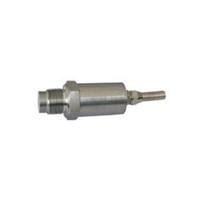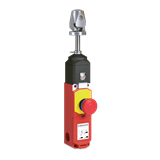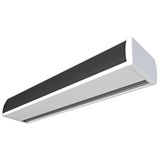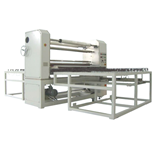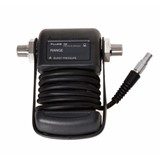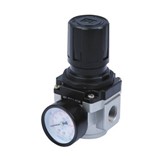The control of the replenishment of ultra-pure water or sterile air is a classic example for a straightforward switching task in the supply units. Electronic pressure switches are used in such applications, not only for measurement technology reasons, but also for efficiency ones: Plant control, whether through PLC or relays, is more economical when using such decentralised elements.
From these determining factors of reliability and economy, the requirement profile for the pressure switches is derived. They must be robust in order to survive in harsh industrial environments. Commissioning, maintenance and service operations must be uncomplicated and fast, so that plant downtime is avoided, or is, at least, reduced to the shortest possible duration.
In such applications, electronic switches with transistor switching output and an integrated digital display have proven particularly useful. There generally a limit value, e.g. for over or under-pressure or level, has to be monitored. For the connection to machine control, a binary, digital input is sufficient for this purpose. The digital display is a helpful component during commissioning and maintenance, enabling the measured value to be checked conveniently and directly on site in the system.
For pressure switches, the typical applications in sterile process technology require numerous measuring ranges up to 25 bar with gauge, vacuum or absolute pressure. Should continuous measurement be required over and above the switching function, the operator will need an instrument with an additional analogue output (up to 20mA). On the basis of these requirements, one can generate a wide variance with a single switch model. With the PSA-31 from WIKA, for example, there are around two million combinations in total (from the possible process connections, measuring ranges and output signals) possible as a standard design.
Simple operation
Using the example of the PSA-31, it can be illustrated how the determining factors for operation have had an effect on its design and function. Correct sensor measurement and switching function do not alone guarantee the required reliability. Operation and display are also ancillary to this goal, with the additional measure of economy: The manual handling of this interface between man and machine must be accordingly simple, unambiguous and time-saving.
To meet this requirement, the VDMA has published a guideline. The aim of the 24574 standard is to simplify the operation of switches by standardising the menu navigation, the terms and the display parameters, as well as the electrical connection. This standard was developed within the Fluid Power Association of the VDMA with support from customers. This is the base for the operation of the PSA-31. Its three-key system and the alpha-numeric display ensure fast, intuitive menu navigation without the need for additional assistance. The simple operation of the pressure switch is supported by the large and ergonomic arrangement of the keys, giving the operator a clear, tactile feedback.
Good readability
The demands on a digital display are clearly defined: an "unshakeable" as well as durable reproduction of the required information as well as good readability, also in harsh environments. Currently, LED displays are mainly used with four digits and seven segments. The possible representation of letters and text in this configuration, however, is very limited and thus often hard to read, which can affect intuitive instrument programming.
Therefore, the PSA-31 operates with a 14-segment display. Its far better resolution considerably increases the readability of the parameters in the setup and thus minimises the risk of mistakes. With this pressure switch, as with all WIKA measuring instruments with digital displays, the figures are displayed in red. In contrast to displays in blue or yellow, these displays are clearly visible, even from a distance.
All settings for a pressure switch, from the commissioning to the parameter update during the process optimisation, are made on site. The instrument must therefore also be easily accessible in confined spaces. This requires a compact design with flexible adjustment within a range of mounting situations. With all WIKA switches, the display can always be positioned to face the operator and the M12 connection aligned according to the desired cable routing of the plant. Even when the location of the electrical connection is on the side, the instruments are still very compact in comparison to an axial plug connection. Should a switch need to be mounted overhead, a display is available which can be electronically rotated through 180°. The readability of the display is made even easier by the inclined angle, and it offers a large viewing angle due to the LED technology.
Hygienic design
Sterile production processes have automated upstream and downstream cleaning processes. For "cleaning in place" (CIP), the WIKA engineers paid attention to a modern hygienic design for the wetted parts of the PSA-31. Its EHEDG certification and the 3-A marking confirm that the relevant components of the pressure switch can be cleaned directly and without risk of contamination. In terms of the materials, high-quality 1.4435 stainless steel is used with a low delta ferrite content, which is predominantly the first choice in the pharmaceutical industry. With the traceability of the steel, both to the smelter as well as to the user, the conditions of the EC 1935/2004 European regulation are fulfilled and can thus be confirmed with a manufacturer's declaration.


